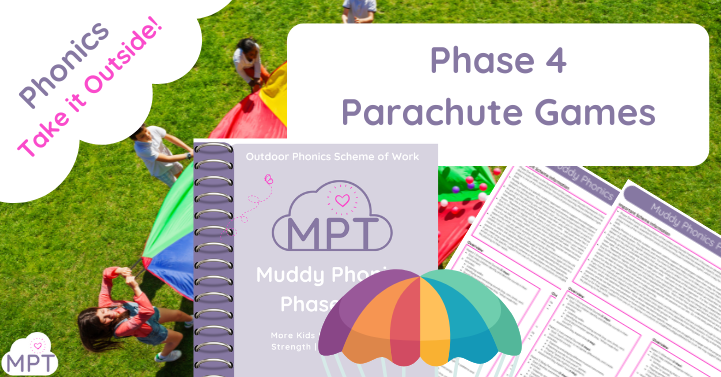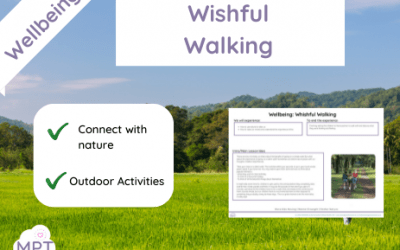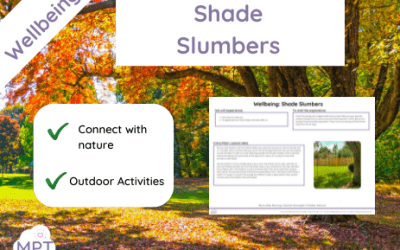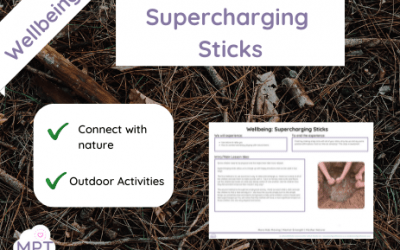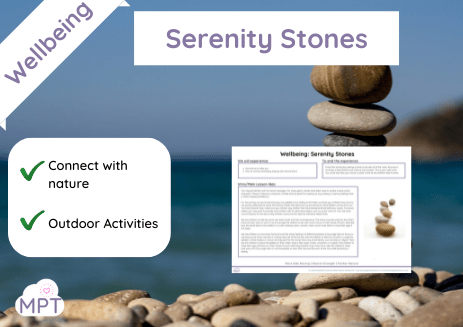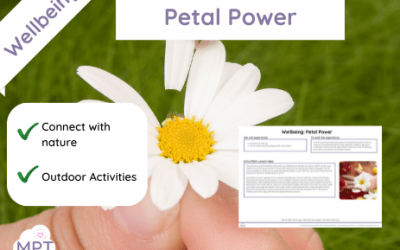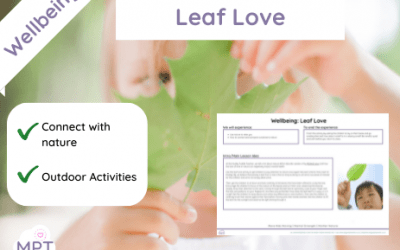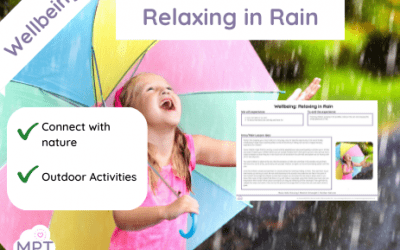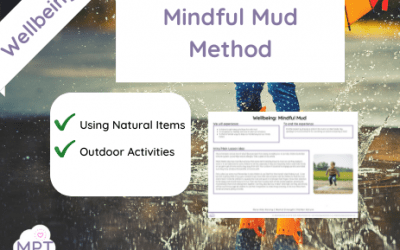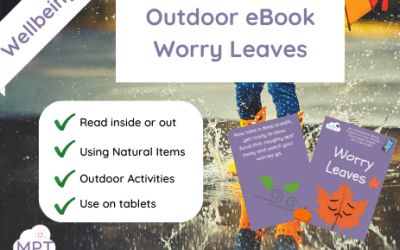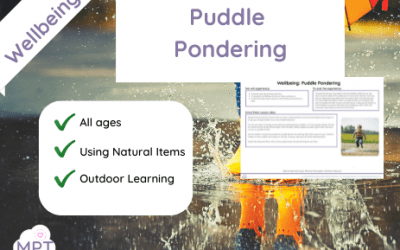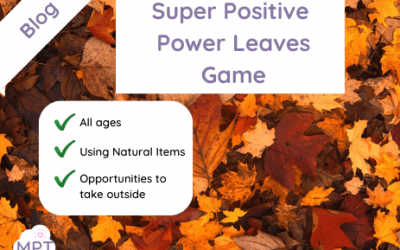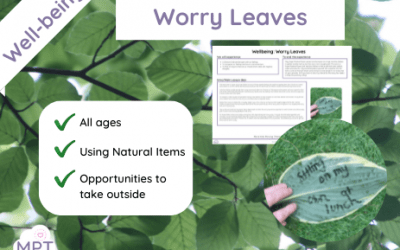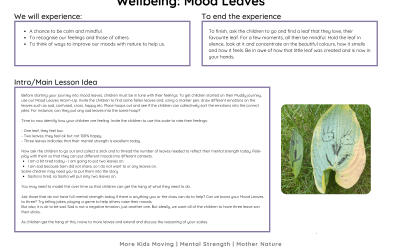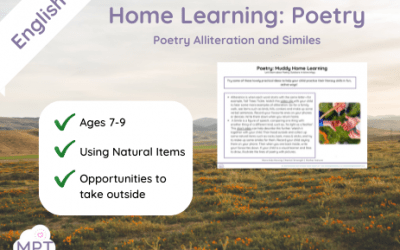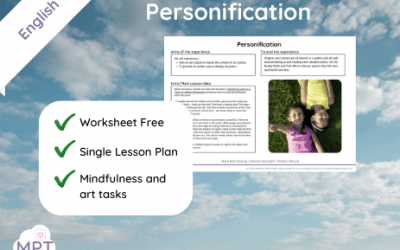Me and my Vitiligo (Outdoor eBook Diversity Range) ⇒Use Me and my Vitiligo (Outdoor eBook Diversity Range) to take...
Wishful Walking
Sep 8, 2021
Wellbeing: Wishful Walking ⇒Use the Wishful Walking Lesson Plan to help children clear their minds and learn to calm...
Shade Slumbers (Wellbeing)
Sep 8, 2021
Wellbeing: Shade Slumbers ⇒Use the Shade Slumbers Activities to help children use the most simple gifts of nature to...
Supercharging Sticks (Wellbeing)
Sep 8, 2021
Wellbeing: Supercharging Sticks ⇒Use the Supercharging Stick Activities to help active and physical children find a...
Stone Serenity (Wellbeing)
Sep 8, 2021
Wellbeing: Serenity Stones ⇒Use the Serenity Stones to help children use nature to transfer negative energy. A...
Petal Power (Wellbeing)
Sep 8, 2021
Wellbeing: Leaf Love ⇒Use the Petal Power to take you back to your own childhood and use the holistic joys of making...
Leaf Love (Wellbeing)
Sep 8, 2021
Wellbeing: Leaf Love ⇒Use the Leaf Love to help children have a method to help them connect with nature. Connecting to...
Relaxing in the Rain (Wellbeing)
Sep 8, 2021
Wellbeing: Relaxing in the Rain ⇒Use the Relaxing in the Rain lesson plan to make the most of outdoor learning. Do...
Mindful Mud (Wellbeing)
Sep 8, 2021
Wellbeing: Mindful Mud ⇒Use the Mindful Mud method and let mud and mess make you all feed good! ⇒Single Lesson Plan We...
Worry Leaves (Outdoor eBook)
Sep 7, 2021
Worry Leaves ⇒This eBook can be read outdoors in indoors, with tasks to do outdoors after ⇒Single Text We will...
Wellbeing: Puddle Pondering
Sep 2, 2021
Puddle Pondering is a fabulous way to get your sillies out. Being silly is extremely important for children to be...
Wellbeing : Clearing Cloudy Minds
Sep 2, 2021
Clearing cloudy minds and being mindful is imperative in all of our lives. We lead busy, fast-paced lives and...
Super Positive Power Leaves
Sep 1, 2021
Super Positive Power Leaves Play 'Super Positive Power Leaves' and end your lesson on a high. ?Ask the children to...
Well-being: Worry Leaves
Sep 1, 2021
Worry Leaves This lesson plan will cover the following objectives: A chance to talk and be open with our feelings. To...
Well-being: Mood Leaves
Sep 1, 2021
Mood Leaves Use this natural and nurturing lesson plan and let nature help the children to connect with their...
Poetry Alliteration and Similes (Home Learning)
Aug 28, 2021
Home Learning Activity Poetry Alliteration and Similes Use this pack to help your children flourish at home...
Personification
Aug 20, 2021
Personification KS2 ⇒This lesson is best achieved outdoors. ⇒ Do it in all weathers ⇒ Uses natural resources ⇒Single...
Country Dancing Instructions
Aug 20, 2021
Country Dancing for kids ⇒This lesson can be done outside or in a hall space. ⇒ Do it in all weathers ⇒Single Lesson...
New In
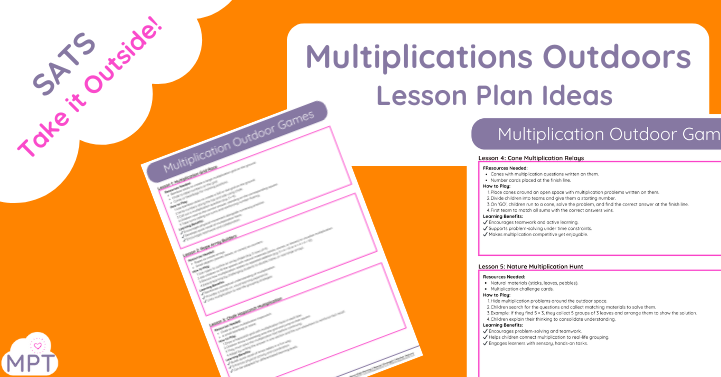
Outdoor Multiplication Lesson Plans

World War One Lesson Plan

Outdoor Teaching Ideas for EYFS
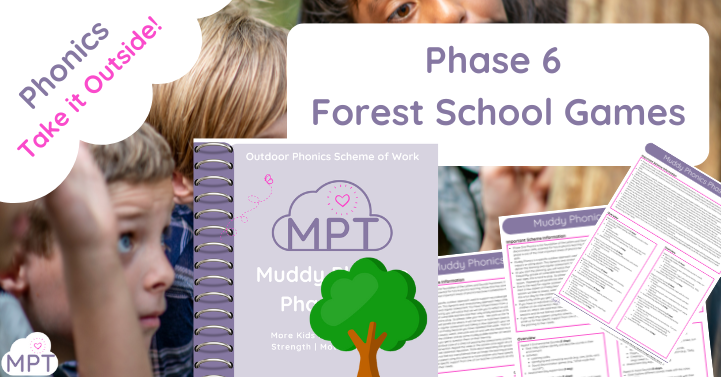
Forest School Games Phase Six
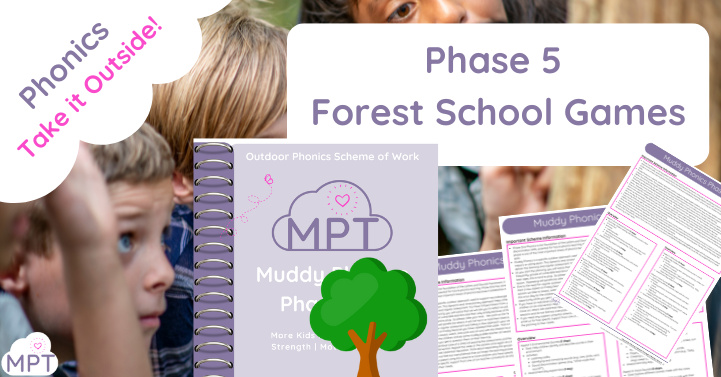
Forest School Games Phase Five
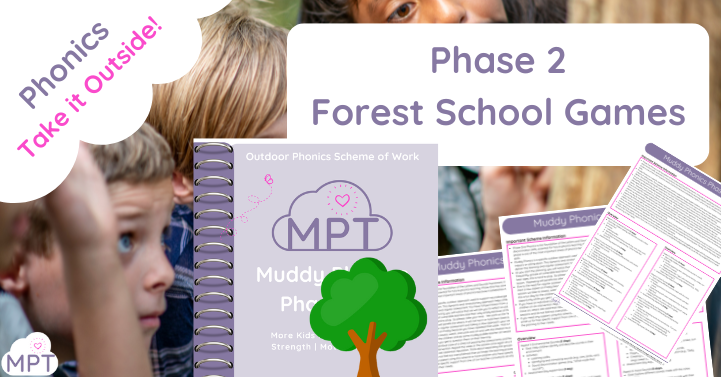
Forest School Phase 2 Phonics
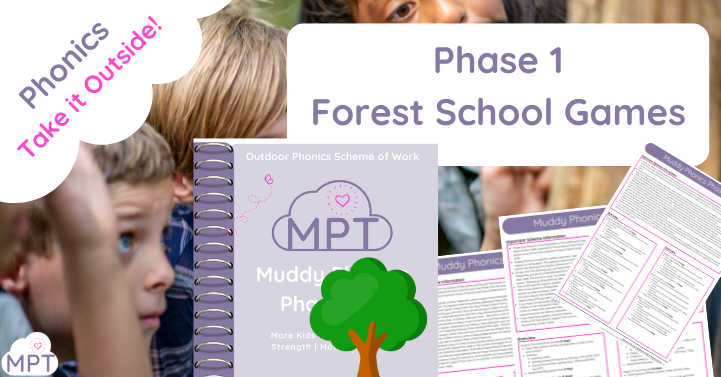
Forest School Phonics Games (Phase One)
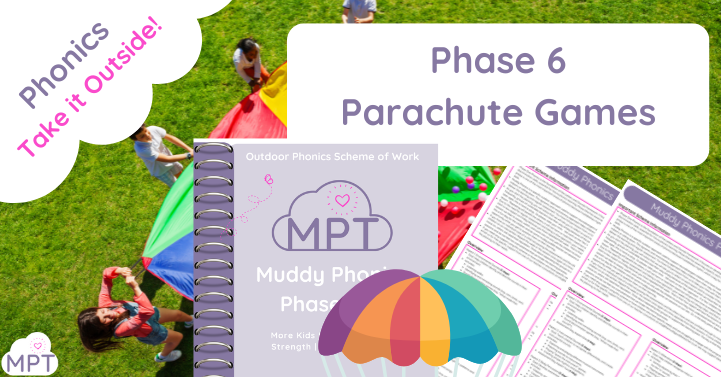
Phase 6 Phonics Games (Parachutes)
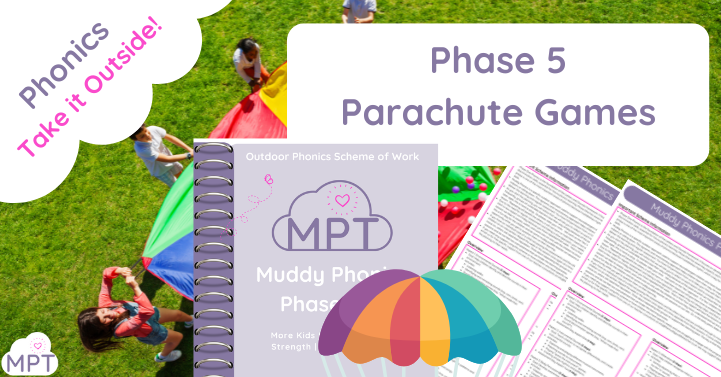
Phase 5 Phonics Games (Parachutes)
